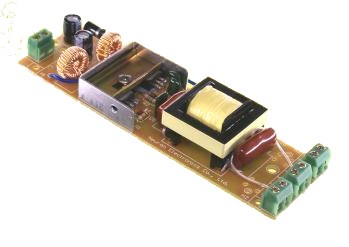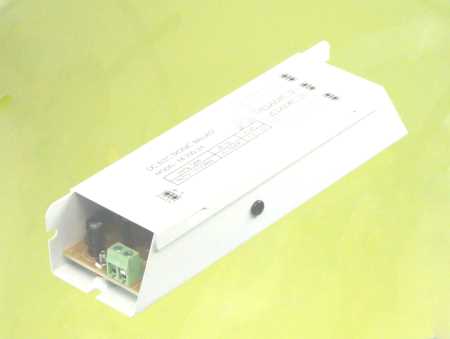Good Morning All,
One of the lights in my caravan isnt work so i set about going to work with my multi-meter. I found i had voltage to the circuit board (pictured) but nothing coming out for the lighting terminals.
I did various resistance and Continuity checks and ive got a couple of questions about the pictures and the results i got.
When I con checked the black thing in the 4th picture (not sure what it is as i cant see any values on it, look resistory shape but obviously isnt one) it was Open Circuit. Also in the 1st and the 3rd picture, the blue things also resulted in open circuit. Im not sure what its ment to be as I can see any units of measure on there. The resistors and all other bits on the board all work fine.
Anyone think they might know why the light isnt working?
Regards
One of the lights in my caravan isnt work so i set about going to work with my multi-meter. I found i had voltage to the circuit board (pictured) but nothing coming out for the lighting terminals.
I did various resistance and Continuity checks and ive got a couple of questions about the pictures and the results i got.
When I con checked the black thing in the 4th picture (not sure what it is as i cant see any values on it, look resistory shape but obviously isnt one) it was Open Circuit. Also in the 1st and the 3rd picture, the blue things also resulted in open circuit. Im not sure what its ment to be as I can see any units of measure on there. The resistors and all other bits on the board all work fine.
Anyone think they might know why the light isnt working?
Regards









